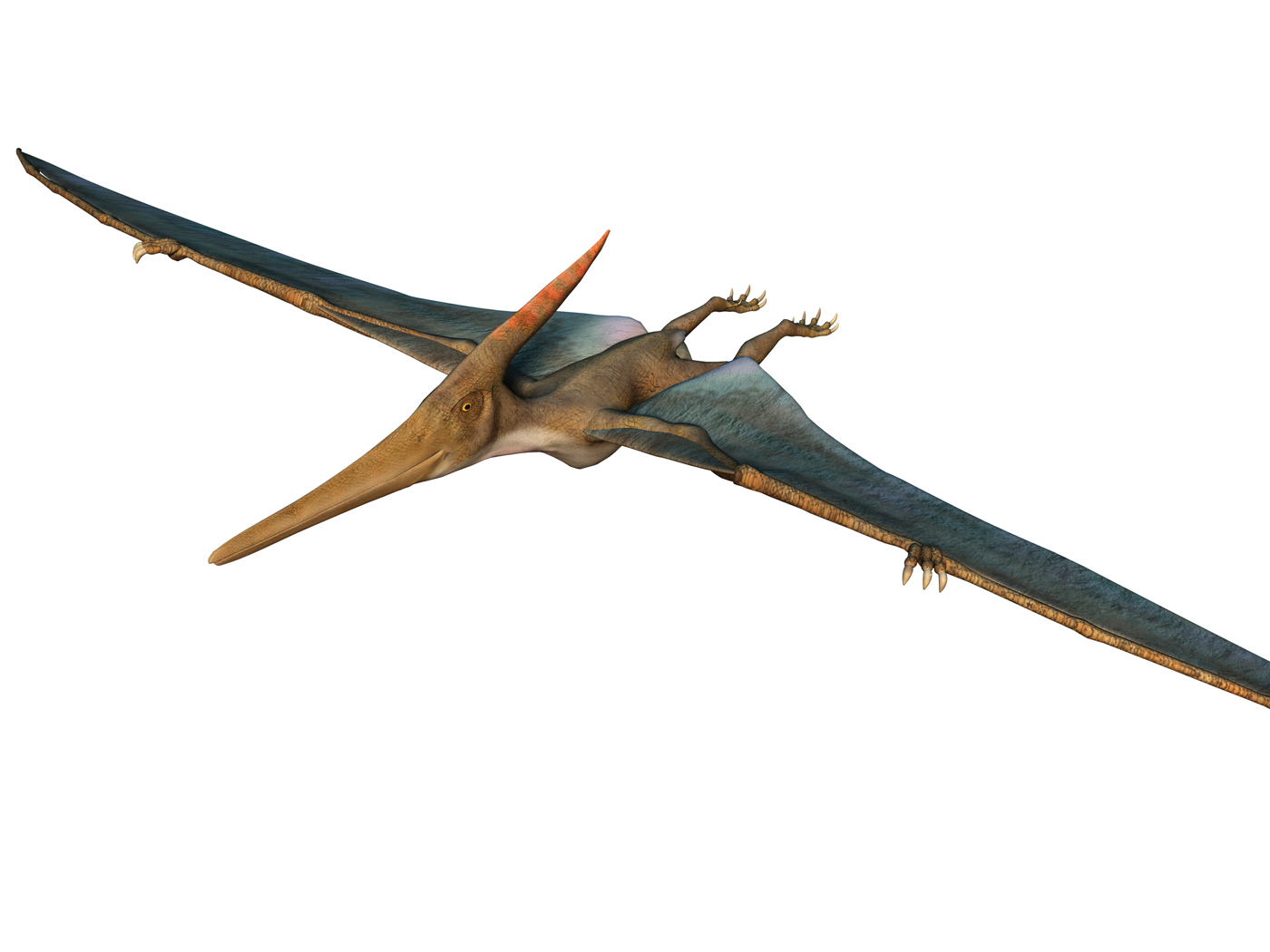In the summer of 2002, record rainfall in the Texas Hill Country overfilled Canyon Lake. Water coursed over the top of its dam and carved huge, steep-walled canyons through the limestone bedrock downstream. The scoured riverbed, now called Canyon Lake Gorge, is over a mile long and has been cordoned off for scientific study.
After studying the area for the last eight years, scientists are now making the same kinds of conclusions about rapid, catastrophic processes having sculpted the earth that creation geologists have been teaching for decades.
In a paper published in Nature Geoscience, geologists Michael Lamb and Mark Fonstad examined the colossal earth-carving damage that occurred in such short time at Canyon Lake. They sensibly extrapolated that the event could be a useful model in interpreting similar gorges on earth and even on Mars.
Sanjeev Gupta, a field geologist at Imperial College London who was not involved in the study, told Science News, "Geology is typically about events that happened long ago and very slowly. This is the [sic] one of the first studies to study the effects of a single canyon-cutting event."1
But it isn't one of the first at all.
In fall 2009, 45 geologists participated in a field trip to the "Little Grand Canyon," about 1/40th the size of Arizona's Grand Canyon, that was formed on March 19, 1982, after a dam breach triggered a catastrophic mudflow at Mount St Helens.2 The Geological Society of America published a field guide paper in 2009 on the event.3 Years before that, the Institute for Creation Research produced the documentary Mount St. Helens: Explosive Evidence for Catastrophe on the catastrophic results of the volcanic eruption. These resources showcase the awesome power that moving water has to produce massive erosion in short time periods.
Now, the Nature Geoscience authors similarly "show that the [Canyon Lake] flood moved metre-sized boulders, excavated [about seven meters] of limestone and transformed a soil-mantled valley into a bedrock canyon in just [about three] days."4
The "long ago and very slow" mindset has been a severe barrier to proper interpretation of geologic formations. For example, visitors to the Grand Canyon for decades have been told that it was carved by the Colorado River over long ages. But if that were the case, it would have left a rolling, rounded landscape, not the steep-sided canyon walls that look like those flanking the north fork of the Toutle River at Mount St Helens or the Canyon Lake Gorge in central Texas.
Lamb compared the "streamlined islands"4 of material that the Canyon Lake flood left behind to similar structures in the English Channel and the Channeled Scablands of Washington state. These had been explained by creation geologists as Ice Age-era, breached-dam local flooding events in which massive lakes drained into the sea, carving new landscapes along the way.5
Alan D. Howard, a geomorphologist at the University of Virginia in Charlottesville, has studied Martian landforms. As if taking a cue from a catastrophist creation-Flood geologist, he said concerning the Canyon Lake Gorge, "It doesn't take millions of years to create an impressive channel. Flowing liquid can do a lot of work in a short period of time."1
Indeed, it can and certainly did.
References
- Perkins, S. 2010. Even a newborn canyon is big in Texas. ScienceNews. 178 (2): 15.
- Austin, S. A. 2009. Christian Geologists Influential at GSA Meeting. Acts & Facts. 38 (12): 8-9.
- Austin, S. A. 2009. The dynamic landscape on the north flank of Mount St. Helens. Geological Society of America Field Guides. 15: 337-344.
- Lamb, M. P. and M. A. Fonstad. 2010. Rapid formation of a modern bedrock canyon by a single flood event. Nature Geoscience. 3 (7): 477-481.
- Silvestru, E. 2007. Wild, wild floods! Creation Ministries International. Posted on creation.com September 5, 2007, accessed June 24, 2010.
Image credit: Roger Sigler, 2008
* Mr. Thomas is Science Writer at the Institute for Creation Research.
Article posted on July 8, 2010.










